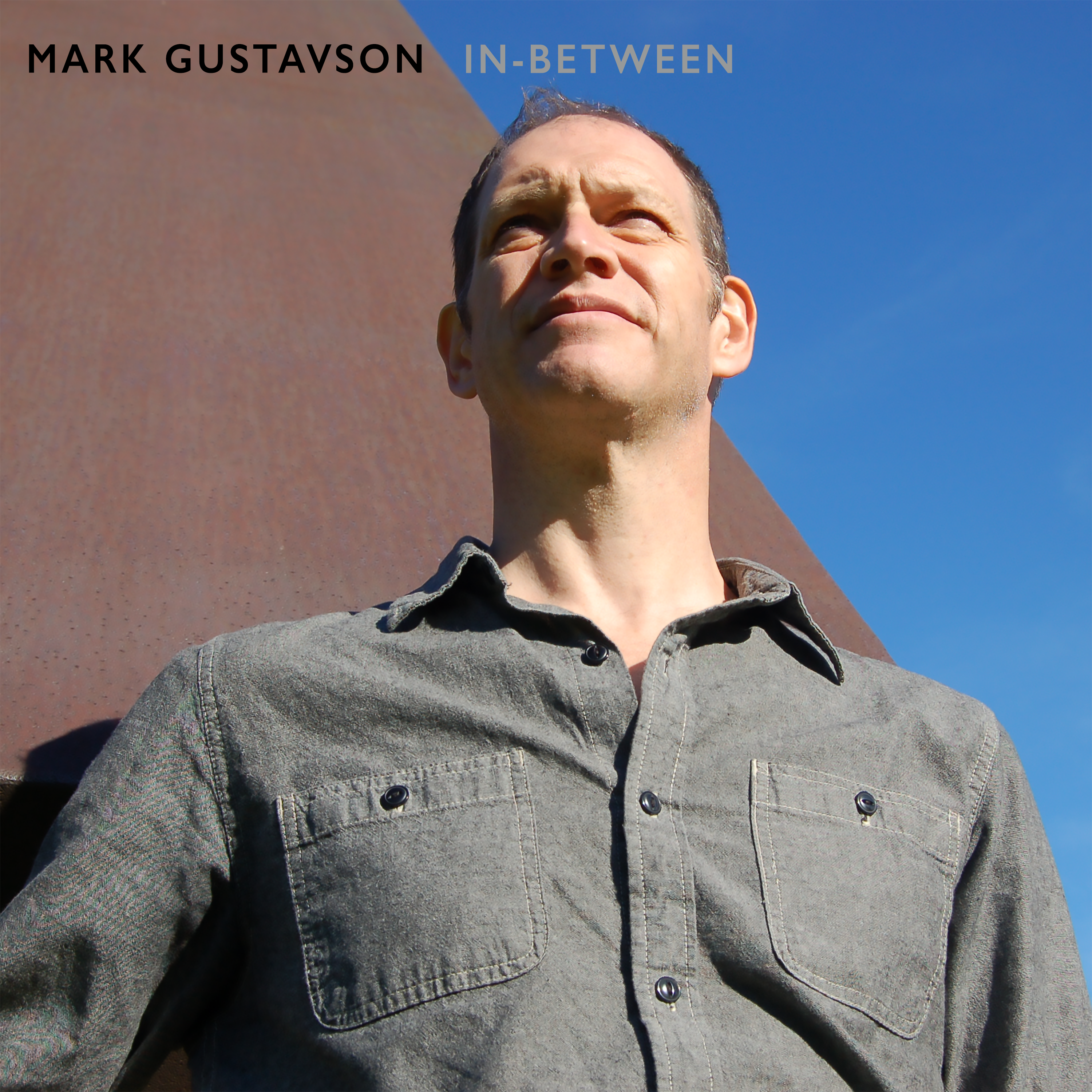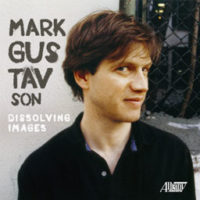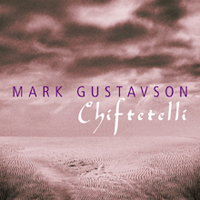This is the second post about the pieces on “Dissolving Images.”
QUINTET for clarinet, two violins, viola & cello (1993)
In 1992 I applied to the Fromm Foundation to commission a clarinet quintet. The application requires an ensemble to commit to premiering the piece so I asked an old friend from school who was the violist in a quickly emerging string quartet if his quartet along with me as clarinetist would premiere the piece. He enthusiastically liked the idea, so I sent the forms to him to sign and we applied and received the commission in 1993.
I was living in Brooklyn at the time I received the commission and soon after the news I decided to take a walk to the Promenade where I would contemplate what this piece was going to be. The first thought that came to me, and I stuck with it, was a work that addressed rhythm and its different functions and I would address each function in the four movements of the piece.
The first movement would be a ten minute accelerando; the second movement uses two or three meters simultaneously within a double variation. The third movement would be a rhythmic canon in the strings with a floating, disembodied as it were, clarinet line. At the time I hadn’t come up with a final movement.
That night I was at a friend’s apartment in Manhattan having dinner where I connected with my future wife. For whatever the reason, we had spent time for the past year hanging out at my friend’s apartment but on this occasion something connected us. There after we began to date. Why do I bring up this private moment? Synchronicity. My connection with Pam happened the day I started Quintet but not only that. Pam, who was a dancer at one time was taking belly dancing classes and had a collection of Middle Eastern tapes that I listened to. The music wasn’t new to me (hearing it often on Atlantic Avenue, where I was living at the time, with its halal butchers, Sahadi’s, hookahs, and Muslim morning prayer) but I found dombek rhythms refreshing—a different approach compared to jazz , West African or Indian drumming. Perhaps it appealed to me because it was what I was looking for. In any event, the fourth movement is rhythm as a groove: the pizzicato cello interprets the dombek rhythms from the Chiftetelli, a slow Turkish dance. The clarinet’s highly embellished lines were the result of my improvising clarinet lines and then working out the material.
The main influence on Quintet comes from Brahm’s “Clarinet Quintet.” As a clarinetist when you play the Brahms you feel as though you are immersed in the textures of the ensemble. As a listener I find that each movement on the surface sound so very different from one another and each movement has its own strong character. I set out to capture both of these experiences in my piece.
I won’t name names because I am an honorable person but the ensemble that signed the Fromm contract reneged but I was fortunate that Ralph Shapey called and asked to premiere the piece at University of Chicago with his great group of players who then went into the CRC recording studios the next night and made the recording that is on the album.



